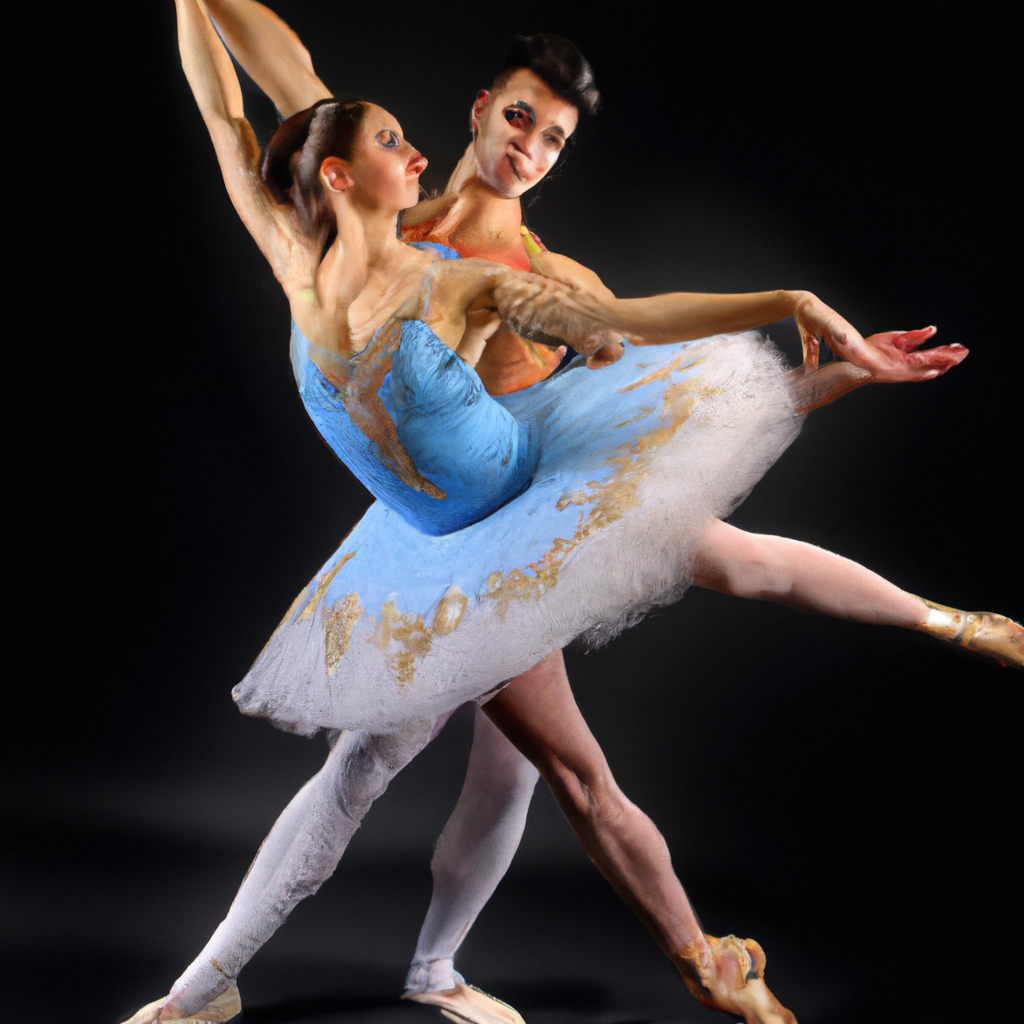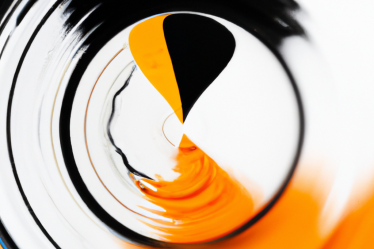
Unveiling the Secrets of Dance: Discover the Benefits and History of This Passionate Art
Dance is an ancient art form that has captivated and inspired people of all ages and cultures around the world. Beyond being an artistic expression and a form of entertainment, dance also offers numerous benefits for the physical, mental, and emotional health of those who practice it. In this article, we will explore the secrets of dance, from its history to the benefits it can provide. Get ready to be enchanted and fall in love with this very special art!
The History of Dance
Dance has a rich and diverse history, dating back to the dawn of humanity. From tribal rituals to the sophisticated choreographies of today, dance has always been present in people’s lives, playing various roles in different cultures and societies. Over the centuries, dance has evolved and transformed, reflecting the social, political, and cultural changes of each era.
One of the oldest forms of dance is ritual dance, performed in religious ceremonies and festivals to celebrate nature, the gods, and the cycles of life. Over time, dance also became a way to tell stories, convey knowledge, and express emotions, becoming a universal language that transcends language and cultural barriers.
The Benefits of Dance
Dance offers a range of benefits for the body and mind, making it a complete and enjoyable activity for those who practice it regularly. Some of the main benefits of dance include:
Improved Motor Coordination
Dance requires coordinated and precise movements, which help develop motor coordination and body awareness. By practicing different dance styles, you can enhance agility, flexibility, and balance, promoting greater harmony between body and mind.
Muscle Strengthening
Dancing is an excellent way to exercise the body’s muscles, promoting muscle strengthening and toning of the upper and lower limbs. Additionally, dance also contributes to improved posture and physical endurance, helping to prevent injuries and muscle pain.
Cognitive Stimulation
Dance involves memorizing movement sequences, interpreting rhythms, and connecting music with movement, which stimulates the brain and improves concentration, attention, and learning ability. Studies show that dance can contribute to the prevention of neurodegenerative diseases, such as Alzheimer’s.
Stress and Anxiety Reduction
Dance is an excellent way to release daily tensions, promoting the release of endorphins and serotonin, neurotransmitters responsible for the sensation of well-being and happiness. Dancing helps reduce stress, anxiety, and depression, improving sleep quality and self-esteem.
How to Start Dancing
If you are interested in the benefits of dance and wish to start practicing, know that you don’t need to be a professional dancer to enjoy all that this art has to offer. There are various dance styles available, catering to different tastes and skill levels. You can choose from ballroom dancing, classical ballet, contemporary dance, salsa, tango, hip-hop, among many other styles.
To start dancing, you can look for dance schools, gyms, cultural centers, or dance groups in your area. Many of these institutions offer beginner classes, where you can learn the basics of dance, develop your skills, and meet other people who share the same interest.
Conclusion
Dance is much more than just a physical activity. It is a form of expression, a connection with the body and others, a celebration of life and art. By unveiling the secrets of dance, we can discover a world of possibilities and benefits beyond what we imagine. How about giving dance a chance and allowing yourself to dive into this passionate universe?



